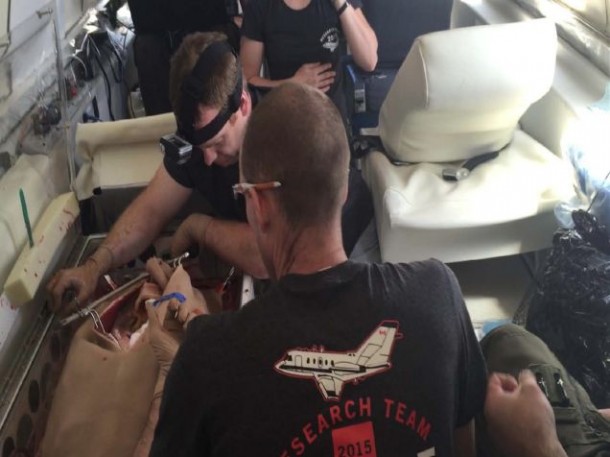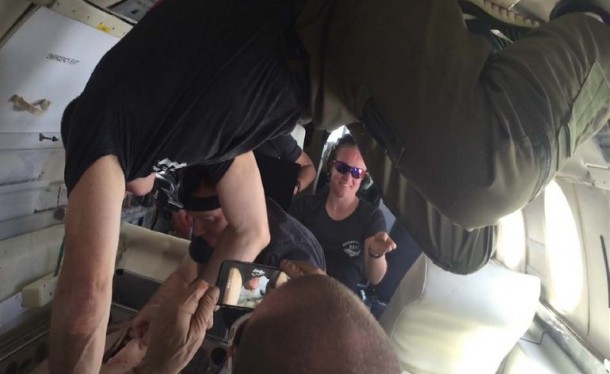Astronauts haven’t required any operations in the space so far, however, what will happen when the need does arise? This is what has led a surgical team to carry out a simulated operation, aboard a Canadian research jet that is designed to simulate the weightless conditions similar to space.
Surgery itself is hard even when we have gravity, however, to perform it in space would require a very peculiar set of skills. Why? Because in space, with zero gravity, organs of the patient along with blood will not stay put but shall rather try to float. This could lead to certain obvious complications. The team was led by Major Andrew Kirkpatrick MD and decided to carry out an operation on a patient who wasn’t real to gain some experience.
The operation was carried out on 26th June, 2015 on a Canadian National research Council Falcon 20 jet from Ottawa/Macdonald-Cartier International Airport. The jet flew in parabolic arcs that were similar to the ones flown by NASA’s famous ‘vomit comet’. During the course of these flights, once the plane is at its zenith, the passengers undergo a zero gravity experience for about 30 seconds. The Canadian/US team carried out the operation as a proof of concept during this time. An emergency laparotomy operation to tackle a blunt trauma to the torso was carried out. The selection was made because internal bleeding can be treated easily in comparison, however, can become fatal quite fast if left unattended.
The patient was a ‘cut suit’ created by Strategic Operations firm that is known for its expertise in extremely realistic field simulations. The cut suit for this case was a vest that had a full assembly of internal organs and simulated blood as well. A set of sensors and computer was used for detecting gravity. Once the plan was weightless, the pumps would become alive and pumped blood to simulate bleeding, once the gravity was back, the pumps stopped working. The computer also kept a log of flight data, blood loss and a myriad of factors for evaluation on ground.
The team tested a self-expanding foam as well during the operation and the physiological readings were recorded of surgeons via sensors. The complete operation was recorded using cameras.


